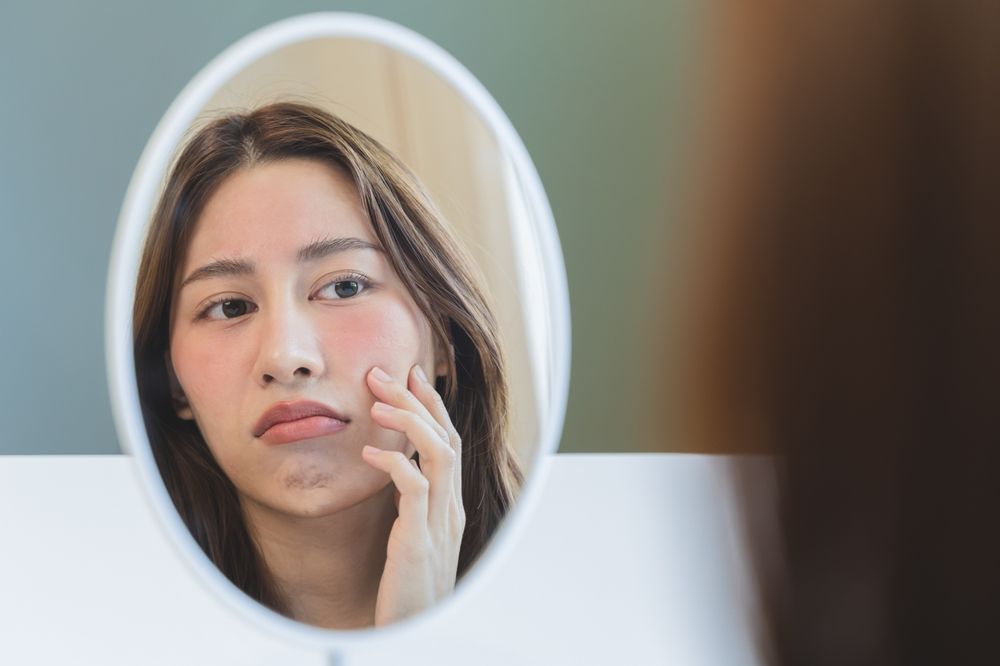Damages to your facial veins and capillaries, or thin blood vessels, can cause your face to be more red or pink than normal. In severe cases, your entire cheeks, nose, and forehead can appear red. Various causes exist for telangiectasia, and it is important to seek professional help to prevent symptoms from worsening.
What are Facial Veins and Capillaries?
Facial veins are known by multiple names like broken capillaries, telangiectasia, or spider veins. These occur when the veins right underneath the facial skin are damaged and broken or dilated. The broken capillaries then appear as red, blue, or purple lines usually on the cheeks, nose, and chin. Some dilated veins can also branch out and form web-like patterns. This condition can affect both women and men of all ages, tend to increase in number and become more prominent in appearance over time. Although they are harmless to your health, it is important to seek professional help as there are various causes for facial veins, where you may need to modify your lifestyle to prevent further formation of broken capillaries.
Did you know…
Another common area for broken capillaries are your legs, which are typically known as the spider veins. However, the leg veins can be a different condition where it causes pain and swelling, so be sure to see a physician for correct diagnosis and treatment.
Frequently Asked Questions
What causes Facial Veins?
There are a multitude of causes for broken capillaries, ranging from aging, rosacea, sun exposure, to pregnancy. Even minor trauma to your facial skin, like scrubbing at the skin surface or sneezing, can damage your capillaries. Although these are typically harmless to your health with minor symptoms, broken capillaries in your face can be a symptom of an underlying health condition, such as inflammation or high blood pressure, so it is crucial to seek professional evaluation.
How could I prevent Facial Veins?
The facial skin is thinner and more sensitive than other parts of the body, so even a minor trauma can cause damage to the veins. It is important to be cautious when washing or applying pressure on your face to minimize the damage. Wearing sunscreen with a minimum SPF of 30 all year-round is always highly recommended.
How are Facial Veins treated?
Our practice treats facial veins with different laser therapies. During your visit, our providers will evaluate your condition, review your medical history, and determine the best treatment plan for you.
These treatments include:
- Laser Treatment: the lasers work to fade away the facial veins completely by destroying the veins
What is the recovery time for a Facial Vein Treatment?
During your consultation, your provider will discuss each treatment and their recovery times. They typically depend on the type of treatment, the severity of your condition, and your medical history. Be sure to share your medical history prior to the treatment to enhance the evaluation. You may also require multiple sessions of treatment to fully destroy the broken facial veins.

Schedule an appointment with one of our providers for an evaluation on your facial veins and discuss different treatment options. At Borealis Dermatology, we offer multiple treatment options for our patients in the Garden City, Syosset, Queens, and Long Island areas. You can experience the highest medical and aesthetic expertise by visiting us today.
